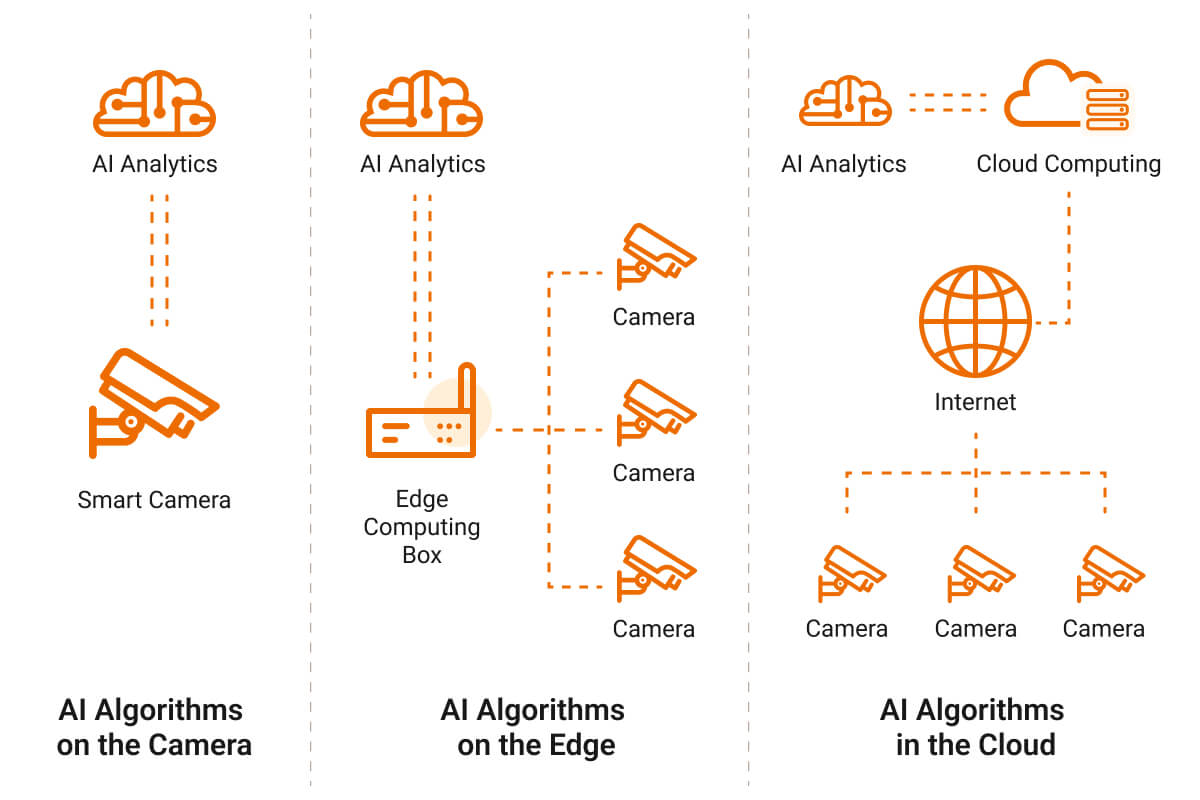Cellular IoT is a method of linking physical objects to the internet by using the same mobile network as smartphones. It enables the huge flow of data between sensors, actuators, and other devices while saving money by avoiding the need to establish additional network infrastructure. This article explains numerous technical categories and applicable sectors of cellular IoT, as well as assisting you in selecting the best cellular gateway for your project.
What is Cellular IoT?
IoT devices may connect to one another and communicate with one another using cellular network technology, which is referred to as cellular IoT. It makes use of the cellular infrastructure that already exists to offer connection for a variety of IoT applications and devices. Without relying on Wi-Fi or wired connections, cellular IoT enables connectivity to the internet and data sharing between devices.
Because network administrators split regions into “cells,” the network is referred to be cellular. A cell tower is present in every cell, and it uses a separate frequency from cell towers close by. For instance, if you arrange the cells in a hexagonal pattern, you only need 7 distinct frequencies to prevent adjacent cells from using the same frequency.
You may also be interested in How to Build Your Private LTE Network? Complete Guide
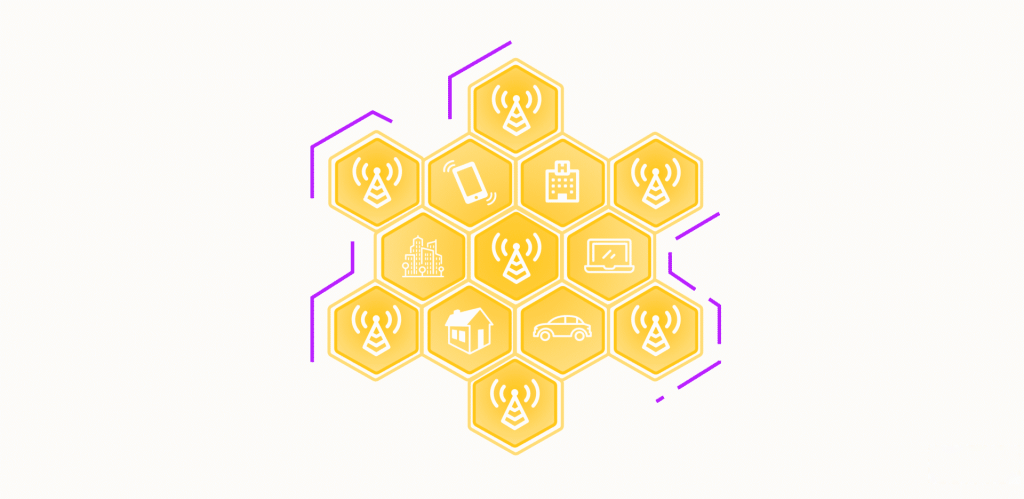
Types of Cellular IoT
Cellular IoT technology is LTE Cat-M1 or NB-IoT, which can be divided into many types:
2G 3G 4G
Although 2G, 3G, and 4G standard cellular network technologies were originally exclusively designed to operate with mobile phones, they are now compatible with a wide range of devices. Despite the recent debut of 5G and the current generation of 4G, many markets continue to support the Internet of Things by employing 2G or 3G connection.
LTE Advanced
sometimes referred to as 4.5G or 4G+, is an upgraded version of 4G LTE technology. By expanding on the foundation of LTE, LTE Advanced delivers improved performance, higher data rates, and more network capacity.
NB-IoT
The NB-IoT (Narrowband Internet of Things) Low-Power Wide Area Network (LPWAN) technology was developed specifically for IoT applications. It is a cellular-based network system that makes use of licensed airwaves and enables a range of IoT devices to successfully connect across great distances.
You may also be interested in Understanding NB-IoT vs. LTE-M Technology
LTE Cat 1
Cat 1 technology, a subtype of LTE, offers data speeds of up to 10 Mbps, low latency, wide coverage, and low power consumption. It is extensively used and largely accepted in IoT applications, asset tracking, industrial monitoring, and other low- to medium-data rate use cases.
LTE Cat 4
LTE Cat 4 is a subset of LTE technology that offers great coverage, minimum latency, and data rates of up to 150 Mbps downlink and 50 Mbps uplink. It is widely used in applications that need higher data throughput, like streaming video, online gaming, and rapid web surfing.
LTE Cat M1
LTE Cat M1 is a low-power, wide-area (LPWA) Internet of Things technology. A vast service area, low data rates of up to 1 Mbps, high power efficiency for extended battery life, and device compatibility for a sizable number of connected devices are all given. Due to its low cost, LTE Cat M1 is often used in applications including asset tracking, smart meters, industrial monitoring, and agriculture.
| Feature | 4G/LTE | LTE Advanced | NB-IoT | LTE Cat 1 | LTE Cat 4 | LTE Cat M1 |
| Data Speed | Relatively high | Very high | Relatively low | High | Relatively high | Low |
| Latency | Low | Very low | Very low | Very low | Very low | Very low |
| Spectrum Utilization | Digital | Digital | Digital | Digital | Digital | Digital |
| Power Consumption | Moderate | Moderate | Low | Moderate | Moderate | Low |
| Coverage Range | Good | Good | Excellent | Good | Good | Good |
| Deployment Status | Widely deployed | Deploying in some regions | Deploying | Deployed | Deployed | Deployed |
NB-IoT and LTE Cat M1 are two technologies that are well suited for IoT projects. NB IoT is specially designed for IoT applications, providing long-distance connectivity and deep indoor penetration with excellent coverage. The technology is suitable for deployment in remote and hard-to-reach areas.
It is optimized for power efficiency, enabling devices to run on battery power for extended periods of time and supporting high-density connected devices. Applications in remote monitoring, utilities and metering, smart cities and more
It has slower data rates than NB-IoT, but it conserves power better. Offers a superb range and accommodates a large number of concurrent users and devices. Asset tracking, smart meters, industrial monitoring, agricultural applications, and more may all benefit from this quick and cost-effective IoT implementation solution.
It’s possible that gateways aren’t a good fit for NB-IoT, but it works well for IoT smart sensor nodes and end devices. In order to collect and analyze data from a large number of devices before sending it to the cloud or other network endpoints, a gateway often needs more bandwidth than NB-IoT can provide. Compared to other cellular technologies, NB-IoT’s latency may increase due to its focus on power saving and extended battery life.
Gateways, especially those that process real-time data or require near-instant responses, often benefit from lower-latency connections. In terms of device density, NB-IoT is designed to support a high density of connected devices in a given area, while a gateway is a central device that manages connections from numerous end devices. Therefore, in terms of requirements, LTE Cat M1 and related technologies are very suitable for deployment in IoT gateways.
How does cellular IoT work?
The working of a cellular IoT network can be broken down into three main components: IoT SIM card, chipset/module and frequency band:
IoT SIM card
IoT SIM cards play an important role in allowing devices to utilize cellular IoT networks. M2M or IoT SIM cards can often connect to multiple networks, unlike traditional SIM cards that can only connect to one network. This is because in IoT, roaming is a more important factor than your personal or business phone connection.
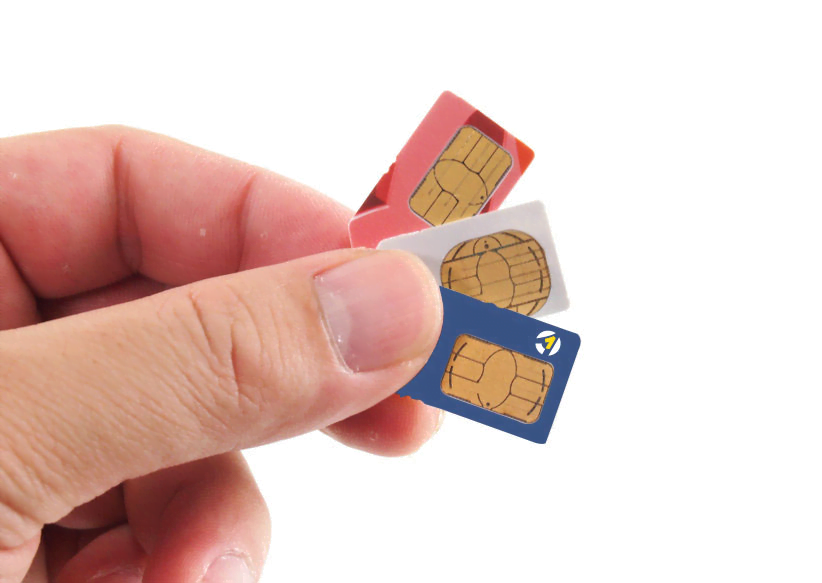
Chipset/IoT gateway
Depending on the implementation of the solution, you need a suitable hardware design counterpart. For example, if you design hardware, you might use a cellular chipset or an off-the-shelf cellular gateway.
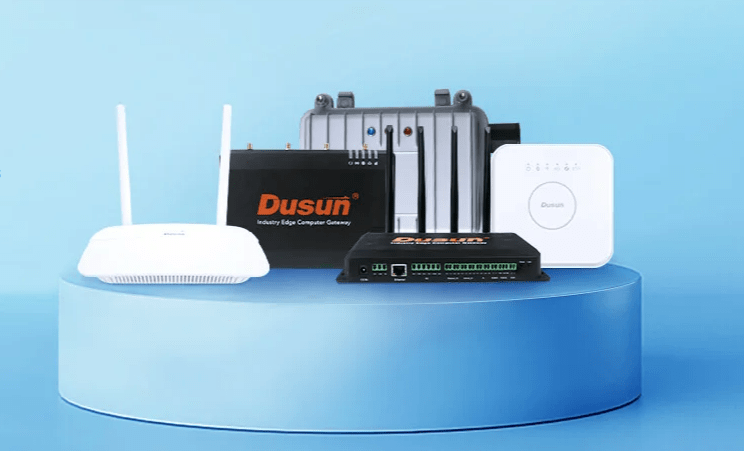
Frequency band
As we’ve explained above, cellular networks use the 800MHz to 5GHz radio frequency band for different technologies. The last to hit the market is 5G, which operates on higher frequency bands. For IoT that needs to target longer range or deep indoor coverage, lower frequency bands are usually preferred. NB-IoT and LTE Cat M1 support hardware that primarily operates in low frequency bands.
All three of these aspects come together to form a successful cellular IoT solution, as IoT devices must meet country compliance, SIM card operator coverage, correct frequency band, and choose the chip or IoT gateway accordingly.

Cellular IoT application
Here are some common applications of cellular gateways:
Environmental monitoring
Applications for environmental monitoring that use cellular gateways include weather stations, water quality monitoring, and air quality monitoring. They make it possible for sensor data to be gathered and transmitted to centralised platforms for analysis, facilitating deliberative decision-making and environmental management.
Security and surveillance
Cellular gateways allow for remote monitoring and control in security and surveillance systems. They provide real-time video streaming, alarm alerts, and access management by connecting IP cameras, access control systems, and other security equipment to central monitoring stations.
Agriculture and farming
Cellular gateways are used in farming and agricultural applications for remote monitoring and control of weather stations, soil sensors, animal monitors, and irrigation systems. They help with precision farming, allowing farmers to increase crop yields, monitor animal health, and best utilise available resources.
Healthcare and telemedicine
Medical device connectivity, telemedicine consultations, and remote patient monitoring are all made possible by the use of cellular gateways in healthcare applications. They provide safe and dependable patient data transfer, facilitating prompt medical treatments and improving the effectiveness of healthcare services.
Asset tracking and logistics
In asset monitoring and logistics applications, cellular gateways are used to monitor and track the movement of commodities, vehicles, and equipment. They give route optimisation, supply chain insight, and real-time position updates, increasing operational effectiveness and lowering costs.
Smart home and building automation
Cellular gateways link and operate a variety of devices, including smart thermostats, lighting systems, security systems, and energy management systems, in smart home and building automation systems. They provide for remote access to and management of home or building automation features, boosting security, comfort, and energy efficiency.
High-performance Celluar gateway
The Dusun DSGW-021 cellular gateway utilizes the Quectel EG95-E LTE module, which is based on Qualcomm’s MDM9205 chipset. The MDM9205 chipset is specifically designed for low-power IoT applications and supports LTE Cat 4, allowing for reliable and efficient cellular connectivity in various IoT deployments.
The Quectel EG95-E LTE module offers advanced IoT features like integrated protocols and support for MQTT/CoAP, along with global coverage, LTE Cat 4 connectivity with download speeds up to 150 Mbps, low power consumption for extended battery life, compact size for space-constrained devices, reliable and secure data transmission, and compatibility with a range of IoT applications like asset tracking, smart metering, and industrial automation.
The EG95-E module is a dependable and effective option for IoT installations that need cellular connectivity thanks to its variety of advantages.
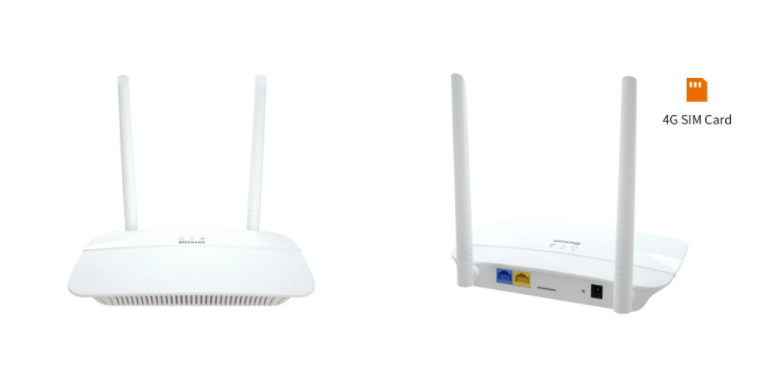
DSGW-021 cellular IoT gateway complies with the latest IEEE 802.11ac Wi-Fi standard and LTE 4G function. It provides continuous high-speed data transmission to multiple devices simultaneously. The built-in 600MHz processor provides powerful data processing capability and improves wireless transmission efficiency.
At the same time, the dual-band synchronous dual-band mid-power design makes wireless connections more flexible and stable, especially for long-distance connections. Generally speaking, DSGW-021 is designed for medium-sized households with increasing demand for high-speed Wi-Fi. It also supports Bluetooth, zigbee, Z-Wave functions and can be connected to BLE devices.
Cellular IoT FAQs
What is cellular IoT vs non cellular IoT?
Non-cellular IoT devices must be set up to a specific network (choose a specific WiFi network or Bluetooth connection) before they may connect to the outside world. On the other hand, cellular devices can be used immediately after a SIM or eSIM card has been inserted and enabled.
How many cellular IoT devices exist?
More than 10 billion IoT devices were in use in 2021. In 2030, it’s predicted that there will be more than 25.4 billion active IoT devices. IoT devices will connect to the internet 152,200 times per minute by 2025.
What distinguishes the Internet of Things from LTE?
Where NB-IoT is no longer sufficient, LTE-M fills the gaps. For instance, LTE-M can transmit a lot more data in a short period of time than NB-IoT because it has a higher data rate of up to 1 Mbit/s. The so-called “handover” radio cell change is another skill LTE-M has mastered.



















